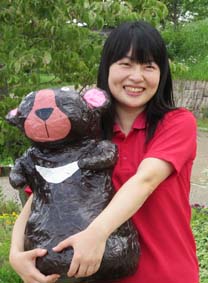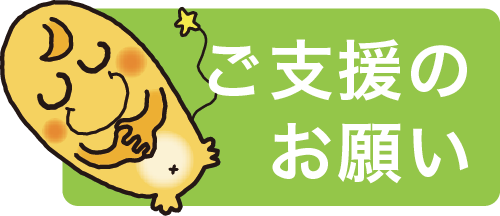[include-page id=”27802″]
Oral Session《Abstract》
 ・Akiko Omori1/Kano Matsumura1/Norifumi Tatsumi1/Kohei Sakaguchi1/Kana Kumagawa1/Hiroyuki Tanino2/Yoko Kanai3/Keiko Fujii4/Ayumi Tanuma5
・Akiko Omori1/Kano Matsumura1/Norifumi Tatsumi1/Kohei Sakaguchi1/Kana Kumagawa1/Hiroyuki Tanino2/Yoko Kanai3/Keiko Fujii4/Ayumi Tanuma5
1 Nara Prefecture Uda Animal Park Promotion Office/2 Ikoma City Ikoma Elementary School/3 Nara Prefecture Yoshino Health Center/4 Nara Prefecture Koriyama Health Center/5 PIIA Knots Educational Department
“Nara Prefecture ‘Inochi Life Education Project’at Uda Animal Park
Assessment of the Elementary School Program”
At Nara Prefecture Uda Animal Park, we provide an educational program called ‘Inochi Life Education Project’ that fosters empathy with their lives (‘inochi’) and an attitude caring for all forms of life to create humanness and sociality. The program is consisted of three menus, including experience menu, learning menu, and workshop. In the experience menu, children can experience some activities, such as feeding sheep and goat, making butter, milking a cow, and riding a pony. The learning menu includes a program using a learning sheet and a program using papier-mache animals. In the workshop, children can collect series of stamps at the animal park and they can also play card games related to animals.
In the presentation, we mainly talk about the educational program using papier-mache animals in the learning menu. This program is provided to the elementary schools recruited as a model school in Nara prefecture. In the program, three lectures with the keywords including ‘awareness’, ‘empathy’, and ‘responsibility’ are given to the children, either at the school or at Nara Prefecture Uda Animal Park while on a school trip. It is because one-quarter of elementary schools in Nara prefecture has become the model schools in 2014 and the schools which attended our educational programs continued being a model school, we can say that we achieved a measure of legitimacy. However, it was difficult to measure the children’s understanding during the lectures. Therefore, we have conducted a questionnaire to the children before and after of the program. Then, each result was compared to read the changes of children’s understanding and sympathetic mind to animal life. From the result, the effect on the children was examined and we could discuss what approach is needed to send our message more effectively to the children. We would like to improve and expand the programs.

